-
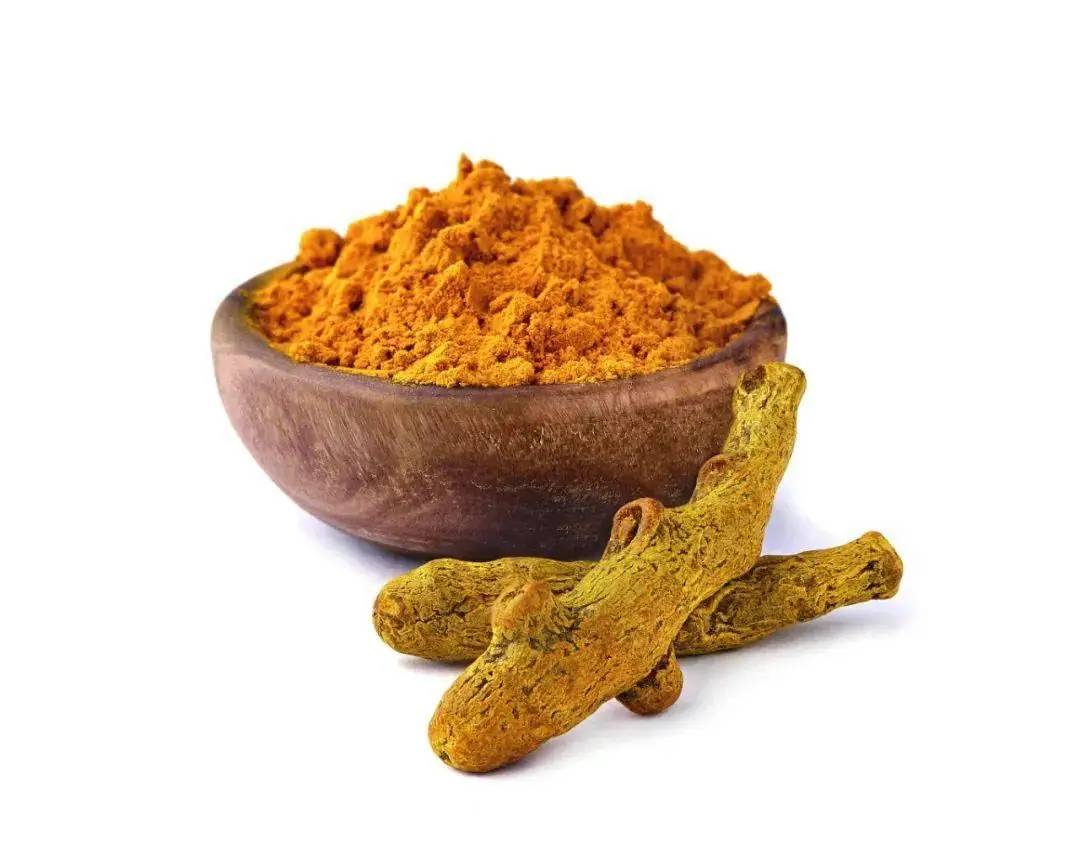
What Is Curcumin in Hindi?
Curcumin is a natural polyphenolic compound extracted from the dried rhizomes of turmeric and other ginger plants [1]. It is an orange-yellow crystalline powder with a slightly bit...MoreFeb 04,2025 -
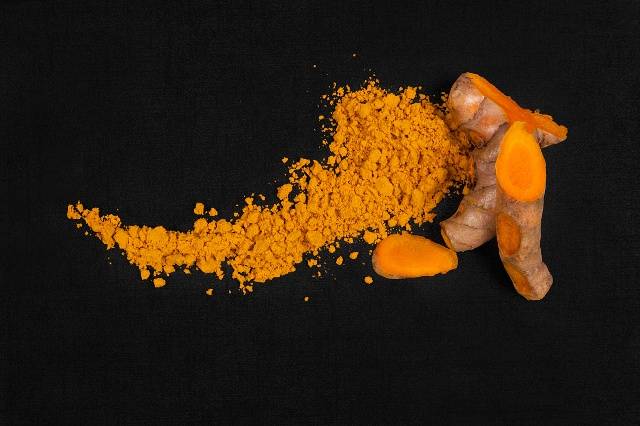
What Is the Emulsification and Encapsulation of Curcumin Powder?
Curcumin is a natural active ingredient extracted from the dried rhizomes of turmeric, Curcuma longa L., tumeric, Curcuma domestica, and galangal, Alpinia officinarum, of the ginge...MoreFeb 04,2025 -
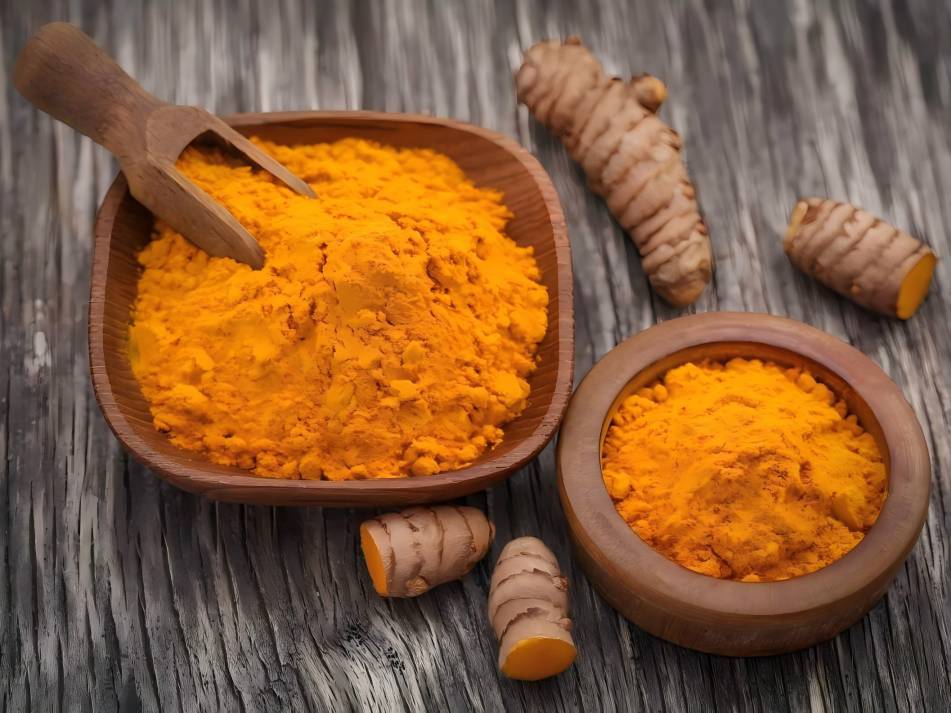
What Is the Medicinal Use of Turmeric Powder?
Curcumin is a natural phenolic active ingredient in the rhizome of turmeric and is the main phenolic substance extracted from the rhizome of turmeric. Turmeric can be divided into ...MoreFeb 04,2025 -
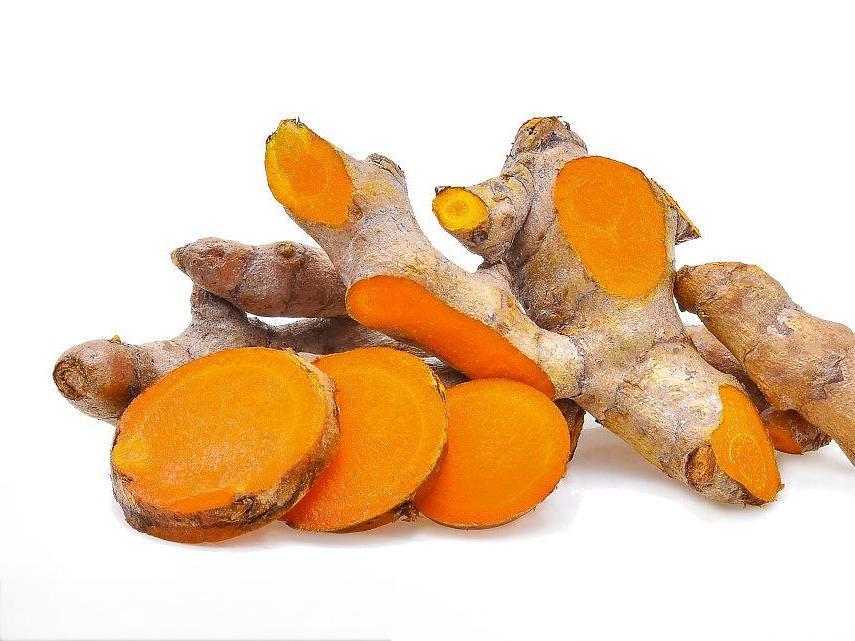
Is Turmeric Good for Kidney?
Curcumin is a polyphenolic compound extracted from the rhizome of the Indian spice turmeric. It has good thermal stability and coloring properties, and is one of the world's be...MoreFeb 04,2025 -
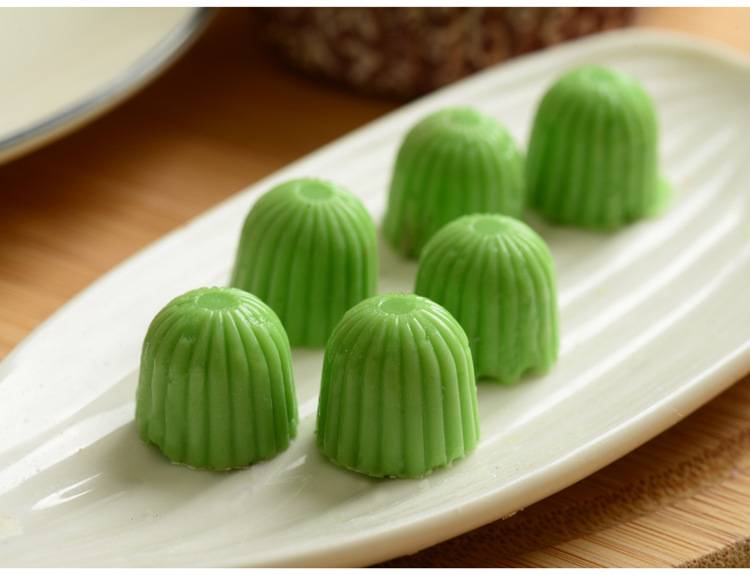
Is Sodium Copper Chlorophyllin Safe?
Chlorophyll is a natural pigment that is safe and has certain physiological functions. Modern research has found that chlorophyll can not only be used as a natural coloring agent i...MoreJan 31,2025 -
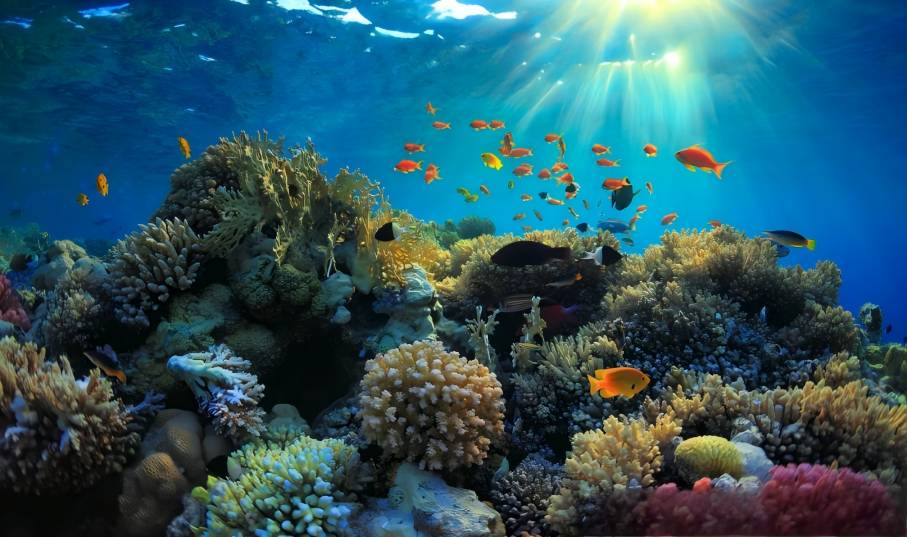
What Are the Sources of Astaxanthin?
Astaxanthin is a non-vitamin A, fat-soluble, keto-type carotenoid that is widely distributed in marine animals and plants, microalgae and yeast [1]. Its unique chemical structure g...MoreJan 20,2025 -
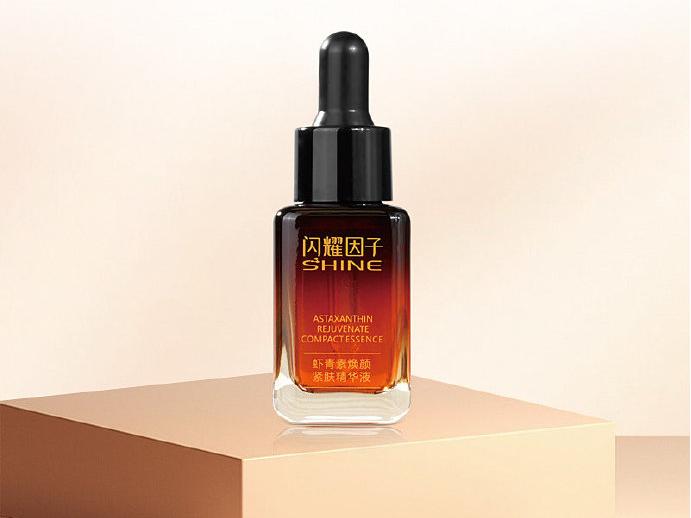
What Are the Benefits and Side Effects of Astaxanthin?
To date, more than 600 natural carotenoids have been discovered [1]. Among them, the antioxidant carotenoid astaxanthin is extremely beneficial to health. Its chemical name is 3,3&...MoreJan 16,2025 -

What Are Astaxanthin Uses in Aquaculture?
Astaxanthin is a type of carotenoid that not only has a good coloring effect on aquatic animals, but also has the effect of preventing discoloration and deterioration and keeping t...MoreJan 16,2025 -
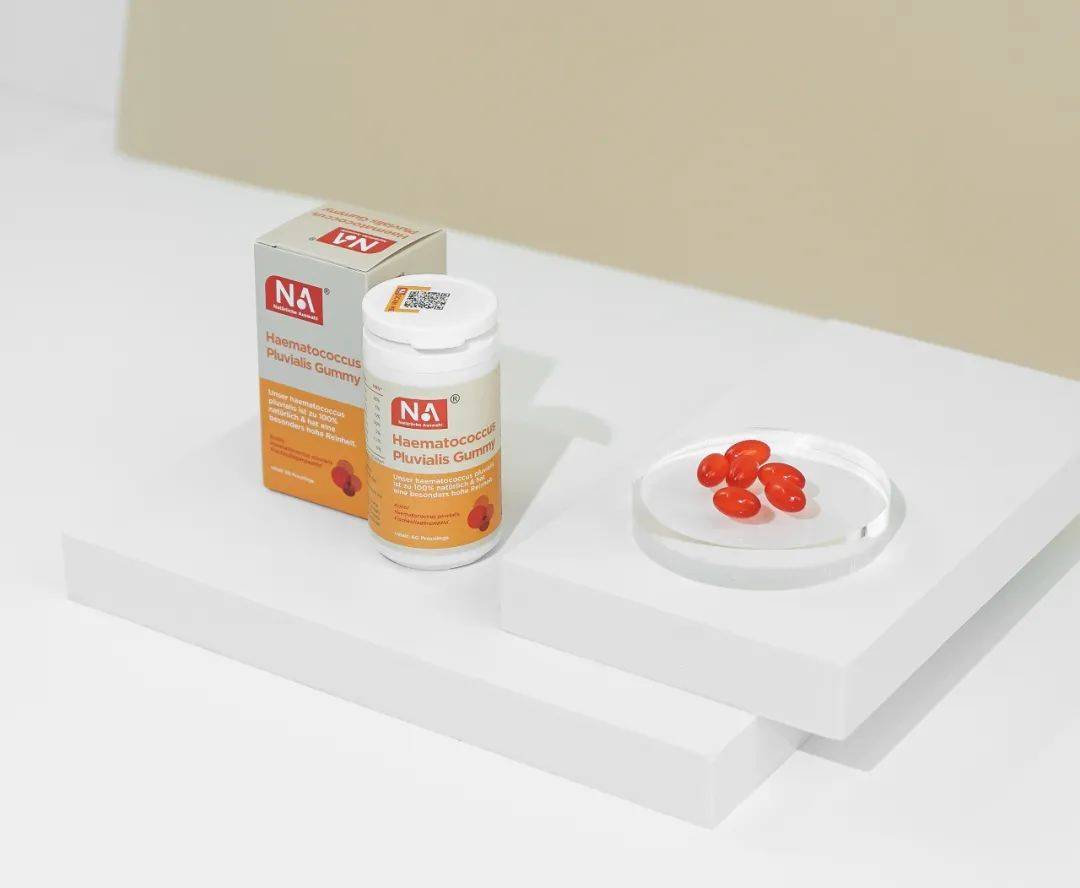
Astaxanthin What Does It Do?
Astaxanthin is a keto-type carotenoid that is widely found in nature. Its chemical name is 3,3'-dihydroxy-4,4'-dione-beta,beta'-carotene, its molecular formula is C40H5...MoreJan 16,2025 -
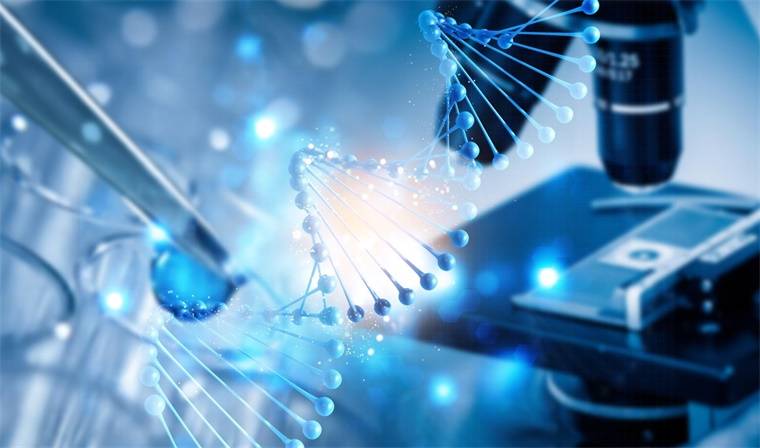
How to Biosynthesis of Astaxanthin?
Astaxanthin is a fat-soluble carotenoid pigment originally isolated from lobsters [1]. It is found in a variety of algae, microorganisms, crustaceans and marine fish, but is rarely...MoreJan 16,2025


 English
English French
French Spanish
Spanish Russian
Russian Korean
Korean Japanese
Japanese



